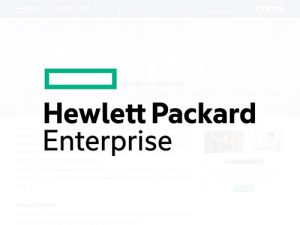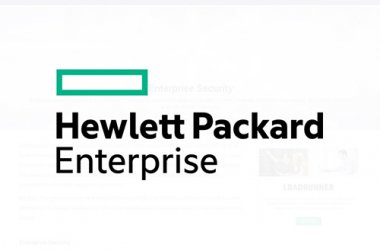There was record growth in the small and mid-sized business sector in the UK in 2019, but now a global pandemic and crashing local and global economies have rolled over this sector to slow growth and make even survival a challenge. What will it take to recover and grow in this new normal? What can we learn from the businesses that are still thriving, such as e-commerce?

Technology plays a role
Top-performing small and mid-sized businesses understand that technology plays a key role in their success. E-commerce is thriving not only because its value offering in a pandemic is escalated, but because it has always invested in robust, resilient and flexible infrastructure. For these businesses, IT spending is part of their growth and success plan, not a grudge purchase.
Failure is not an option
Ideally, IT should be neither seen nor heard — it should simply work. If you’re noticing it, it’s likely because it’s stopped, or at best is underperforming. There’s a potential loss of customer and market share when even an issue as simple as running out of server space results in system freezes, or loss of data which can result in reputational damage. The range of negative consequences, from simply annoying multiple customers (how many clicks on your frozen website before they go elsewhere?), to data loss with crashing servers and storage malfunction, is unacceptable. As failures ripple across lines of business and out to customers, it’s clear that technology performance is key to businesses performance.
Our dependence on IT in the workplace stretches from finance to marketing and most small and mid-sized businesses are unable to function without their core IT systems. These include a proliferation of essential apps for even small businesses – for phone systems, invoicing and accounting, security and virus protection, online payments, sales and marketing, project management and cloud storage. Techradar.pro’s Andreas Grabner describes it like this:
“As the number of links in the systems that underpin services like e-commerce sites and online banking have grown exponentially, so too has their complexity and interdependency on one another. Too many organisations are still managing the IT stack in silos, which can make preventing service outages and identifying the root cause of them extremely time-consuming. A more proactive, better integrated and service-centric approach to managing technology is called for”.
As the complexity of IT systems increases with the need to support remote working and more online services, so too does tedious firefighting by the IT department, for which there is often neither budget, time nor expertise.
Can HCI give control back to you?
HCI, or hyperconverged infrastructure, combines server hardware and locally attached storage resources with intelligent software, to create flexible building blocks that replace legacy infrastructure consisting of separate servers, networks and storage arrays. Many businesses choose to use HCI because they need IT that is simple for easy remote management of their virtual desktops, apps and data. The promise of HCI is that its flexibility and efficiency make it cheaper, simpler and more efficient.
But HCI typically forces an unacceptable trade-off between performance and simplicity. Businesses often must choose between system reliability in terms of computing power, and storage availability. This is because HCI does not scale compute and storage needs separately. And it does not handle the need for dense computing power in many mission-critical apps and services. This means too much downtime on the most critical parts of your business, for example customer relationship management systems.
Doing business with the wrong IT wastes resources, isn’t cheaper and creates performance problems. This is why HPE has developed HPE HCI 2.0.
There’s an intelligent solution: HCI 2.0 from HPE
The second generation of HCI, in the shape of HPE Nimble Storage HCI 2.0 with HPE Infosight and HPE ProLiant, brings together the best of HCI and converged architectures on a flexible platform—with truly independent scaling of compute and storage.
Problems solved
This efficient and secure enterprise-level solution means less downtime because there are no bottlenecks in network traffic, and no lags in performance. HCI 2.0 solves these business problems:
- Drives IT agility and accelerates time to market.
- Lowers cost by using time and skills more efficiently.
- Drives better total cost of ownership with no overprovisioning thanks to independent scaling and industry-leading data efficiency.
- Removes complexity in IT operations and provides greater stability.
- Eliminates firefighting with 99.9999% availability and low-latency performance.
- Streamlines IT operations with HPE Infosight’s AI predictive analytics.
- Delivers HCI experience with no compromises or trade-offs.
HPE HCI 2.0 is more powerful, more cost effective, and fixes bad performance.
- Visit here to find out how HPE HCI 2.0 really can make doing business simpler.




